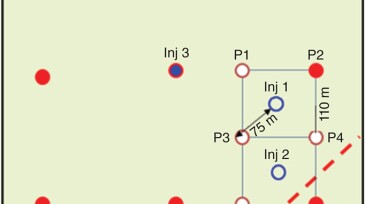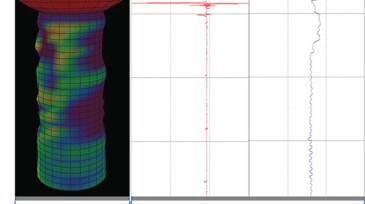Reservoir
Ranger acquires American Well Services for $90.5 million, adding 39 workover rigs and boosting its fleet by 25%.
Production from the Búzios field now tops 1 million B/D with six floating production systems in operation and more on the way.
Geophysicist Markos Sourial discusses advances in seismic imaging, the challenges of modern data processing, and what they mean for the next wave of subsurface professionals.
-
This paper summarizes the performance of a polymerflooding pilot conducted in an unconsolidated sandstone reservoir in Oman.
-
This paper aims to clarify misconceptions regarding polymerflooding implementation based on theory and practice in China.
-
It is pleasantly surprising to find a revival in sandstone acidizing. For many years, sandstone acidizing was becoming almost a lost art, overshadowed by carbonate acidizing and hydraulic fracturing.
-
This paper illustrates a novel methodology that enabled the safe application of coiled tubing abrasive perforation to increase production in a sour horizontal extended-reach oil producer.
-
This paper presents a new real-time method to estimate stage-to-stage interference and well-to-well interference and their implications on completions efficiency.
-
Upon closing, the newly combined oil company will boast 135,000 BOE/D and hold around 15 years’ worth of drilling locations in the Permian Basin.
-
Oil companies would have to pay a premium for the hardware and services needed for rapid expansion. But is that likely?
-
As the announcement of carbon sequestration projects becomes the norm, it’s time we look at what we know from a technical angle about how these projects need to be run based on the industry’s experience with enhanced oil recovery.
-
The two companies have teamed up in an attempt to cut downhole costs with a project that aims to extract more information from reduced data-acquisition programs.
-
Producers in the biggest US oil basin have signaled that they intend to seize on $100/bbl oil prices.













